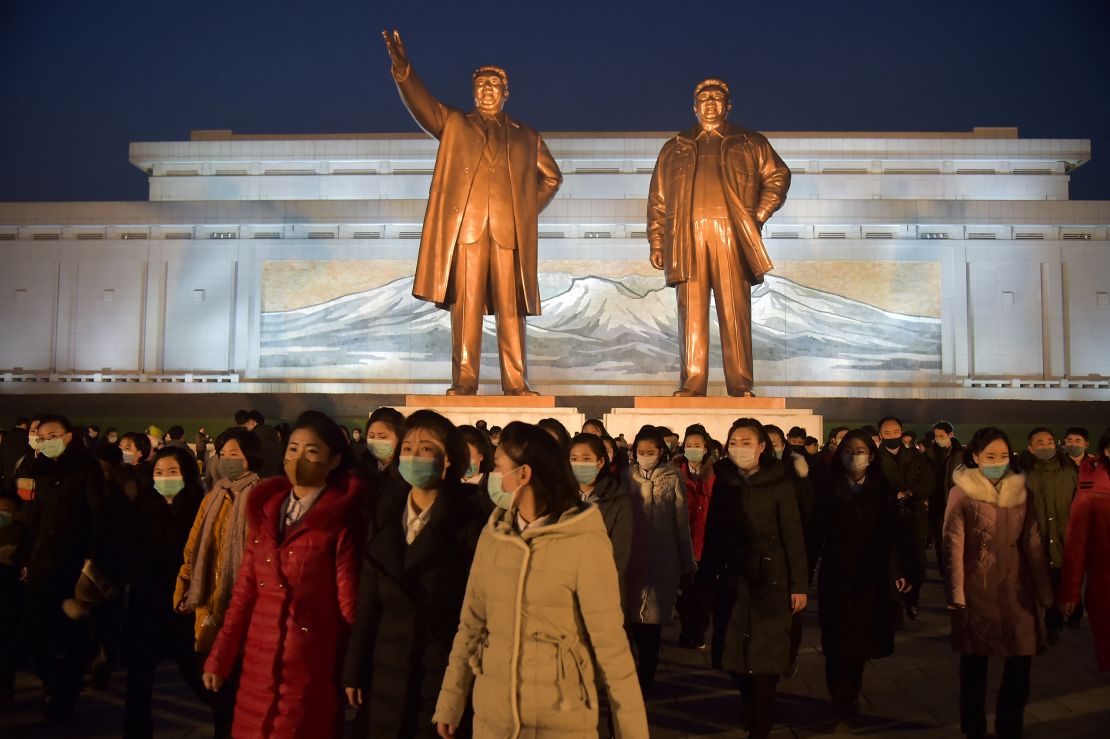
The Only Way to Leave North Korea: Two Options Left for Escape from the Hermit Kingdom
North Korea, officially known as the Democratic People’s Republic of Korea (DPRK), is one of the most secretive and isolated nations on Earth. Governed with an iron fist by the Kim dynasty, the country maintains totalitarian control over its population, stifling dissent, censoring information, and forbidding freedom of movement. For North Korean citizens, the idea of leaving the country, especially without government permission, is nearly impossible. And yet, over the decades, thousands have risked everything to escape.
In 2025, the situation is more severe than ever. Surveillance is tighter, border control is more ruthless, and punishments for defection are harsher. And yet, there are still two options—albeit dangerous—for those desperate enough to flee the Hermit Kingdom.
Why Leaving North Korea Is So Difficult
We must first examine the control mechanisms to understand why escape is such a monumental task.
North Korean citizens are not allowed to travel freely within their own country, let alone abroad. Travel requires a government-issued permit, and the borders, particularly with South Korea and China, are heavily monitored. The regime employs a dense network of informants, border guards, and advanced surveillance technologies to prevent any unauthorized movement.
Anyone caught trying to defect faces severe punishment, ranging from forced labor to execution. Not only the defectors but also their families can suffer under the regime’s policy of yeon-jwa-je, or guilt by association, which punishes three generations of a traitor’s family.
In this context, escaping becomes an act of extraordinary courage and desperation.
Option 1: The Northern Route – Through China
The most common path for North Korean defectors is through the northern border into China. Despite being the more “accessible” of the two escape options, this route has become even more precarious in recent years.
The Path
Defectors typically cross the Tumen River or the Yalu River, which mark the border between North Korea and China. These rivers are narrow in some sections, especially during winter when they freeze over. However, they are guarded by armed North Korean soldiers who have orders to shoot on sight.
Once in China, defectors face another grim reality. China does not recognize North Korean escapees as refugees but rather as illegal economic migrants. If caught, they are forcibly returned to North Korea, where they face imprisonment, torture, or execution.
The Journey Through China
For those who evade capture, the journey through China can take months or even years. Defectors rely on underground networks of human rights activists, brokers, or Christian missionaries, many of whom risk imprisonment themselves.
To eventually reach a safe country such as South Korea, the United States, or a Southeast Asian nation that will grant asylum, defectors must travel thousands of miles under the constant threat of arrest. Some find their way through Laos, Thailand, or Mongolia, often on foot or using forged documents.
Risks and Costs
- Cost: Smugglers charge between $3,000 and $20,000 USD to guide defectors across the border and through China.
- Risk of Abuse: Female defectors are especially vulnerable, with many falling victim to human trafficking or being forced into prostitution or forced marriages.
- Mental Toll: The journey is psychologically grueling, marked by fear, isolation, and the weight of leaving loved ones behind.
Option 2: Official Defection – Through Diplomatic Channels
The second—and far less common—way to leave North Korea is through official channels, typically reserved for elite citizens: government officials, diplomats, athletes, or students studying abroad. The regime carefully vets and monitors these individuals but sometimes grants them rare travel opportunities for diplomatic or academic purposes.
The Opportunity
When high-ranking North Koreans travel abroad, they are accompanied by minders and are constantly monitored to prevent defection. However, some fail to defect when left unguarded, such as at international conferences, embassies, or sporting events.
Notable Cases
- Thae Yong-ho, the former North Korean deputy ambassador to the UK, defected in 2016 with his family and later became a member of the South Korean parliament. He cited a desire to give his children a better life and to escape the regime’s oppression.
- Jo Song-gil, a former ambassador to Italy, defected in 2018. His defection was kept secret for over a year due to the sensitivity of his role.
Challenges of Diplomatic Defection
- Family Repercussions: Even in successful cases, defectors often leave their families behind, who may face imprisonment or execution.
- Surveillance: Defectors in foreign countries are still at risk of retaliation from the North Korean regime, which has a history of abducting or assassinating enemies abroad.
- Political Fallout: Such defections are international incidents, often causing diplomatic tensions.
Why Other Options Are No Longer Viable
In the past, some North Koreans tried to flee across the DMZ (Demilitarized Zone) into South Korea. However, this heavily mined and militarized border is virtually impassable. Only a handful of successful defections have occurred this way, involving extreme risk and military engagement.
Similarly, escape by sea is nearly impossible today. Both North Korean and Chinese forces patrol the coastline, and modern surveillance technology makes undetected travel extremely difficult.
The Human Cost of Escape
Those who manage to escape are often plagued by survivor’s guilt, separation from family, and the trauma of their journey. Many find adapting to life outside North Korea hard due to cultural, social, and economic differences.
Defectors report feeling like outsiders—even in South Korea—because of their accents, education gaps, and lack of exposure to modern technology. Psychological support is critical, yet not always available or sufficient.
Despite these challenges, many defectors go on to build new lives, become advocates for human rights, or share their stories with the world to shed light on North Korea’s brutal regime.
Final Thoughts: The Will to Escape Lives On
As of 2025, the only two remaining options to escape North Korea are fraught with danger and uncertainty:
- Crossing into China with the help of underground networks, risking capture, trafficking, or death.
- Defecting abroad during diplomatic or academic missions is available only to a small, elite population segment.
Yet, despite these daunting odds, people continue to flee. Many brave souls attempt the impossible every year to pursue freedom, dignity, and a better life.
Their stories are a testament to the human spirit’s resilience—and a reminder of the ongoing crisis in one of the world’s most oppressive regimes.

Leave a Reply